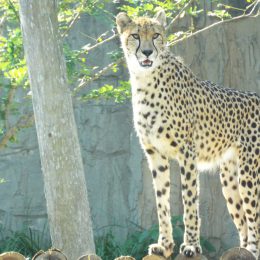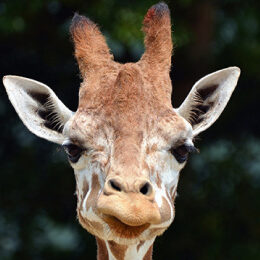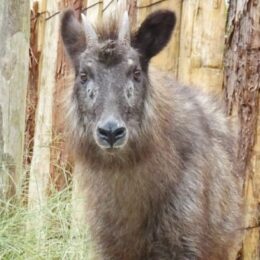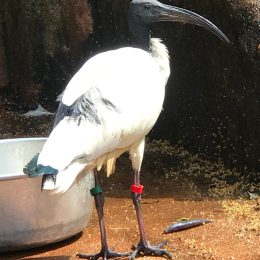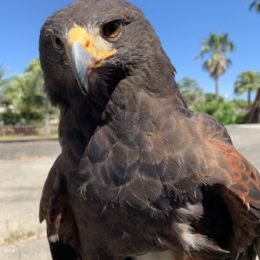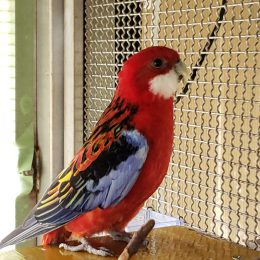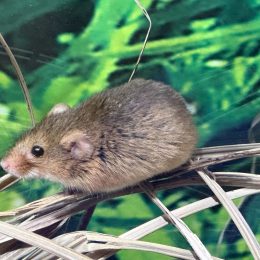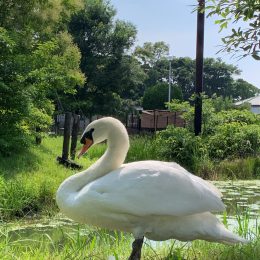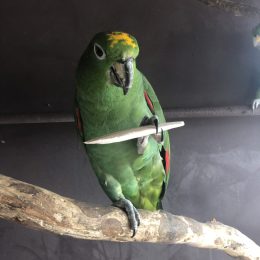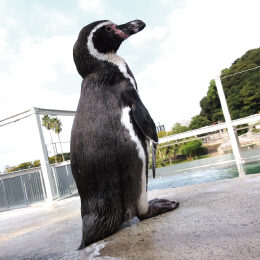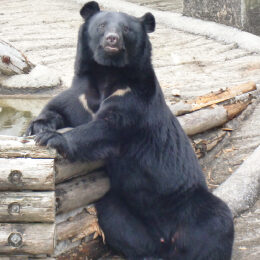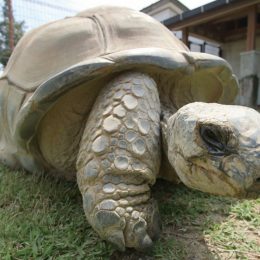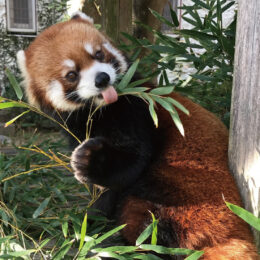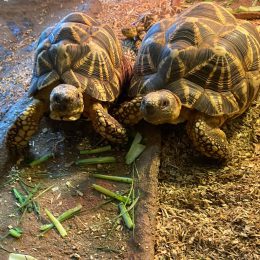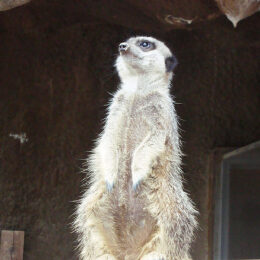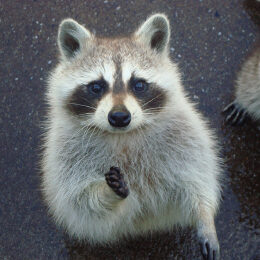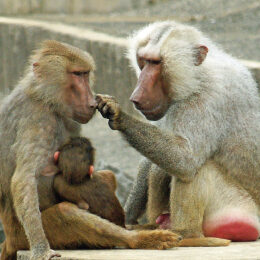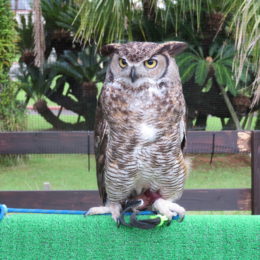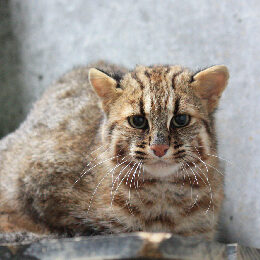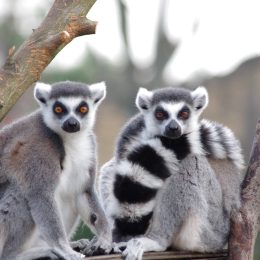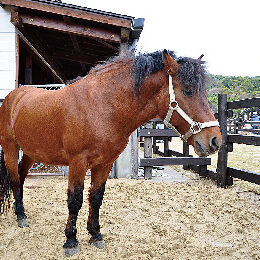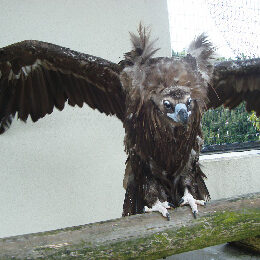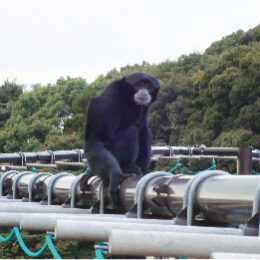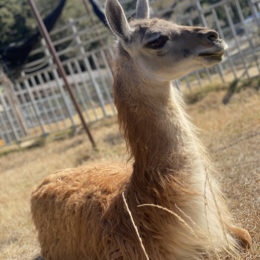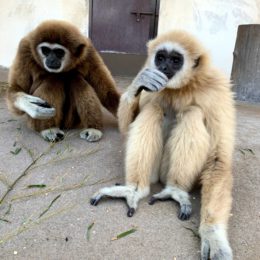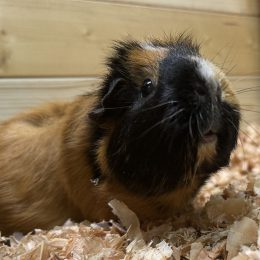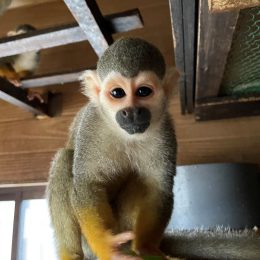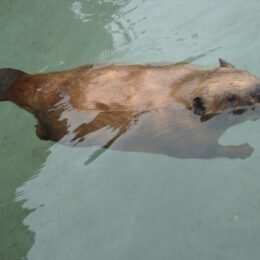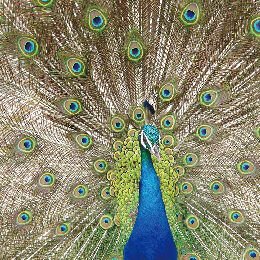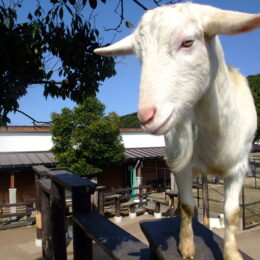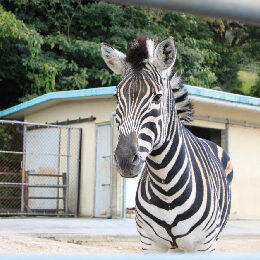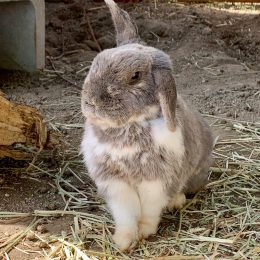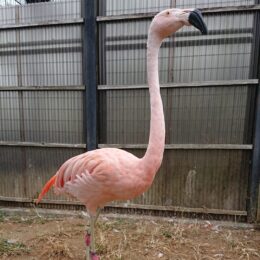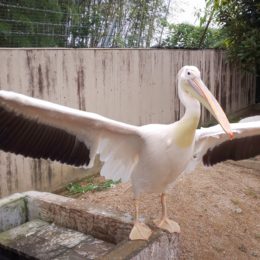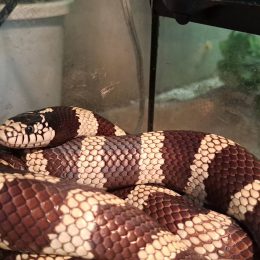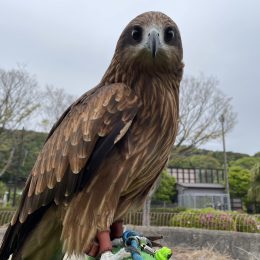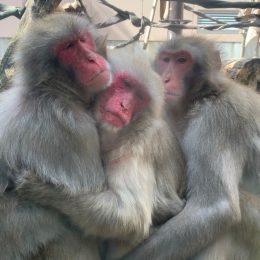Click on animal pictures to find more information!
Japanese Raccoon Dog

Japanese Raccoon Dog
Although familiar in Japan, the Japanese raccoon dog is found only in parts of Asia, and the Japanese raccoon dog in Japan is endemic to Japan. It can climb trees, which is unusual for the canid family.
Our Japanese raccoon dogs, 「Sue(♀)」and 「War(♀)」 , came to Mori Kirara in May 2024 after being rescued from an irrigation canal in the city of Omura, Nagasaki Prefecture.
Please observe the differences between them and the raccoons that live in our park.
Cheetah(Chamu&Kaito)
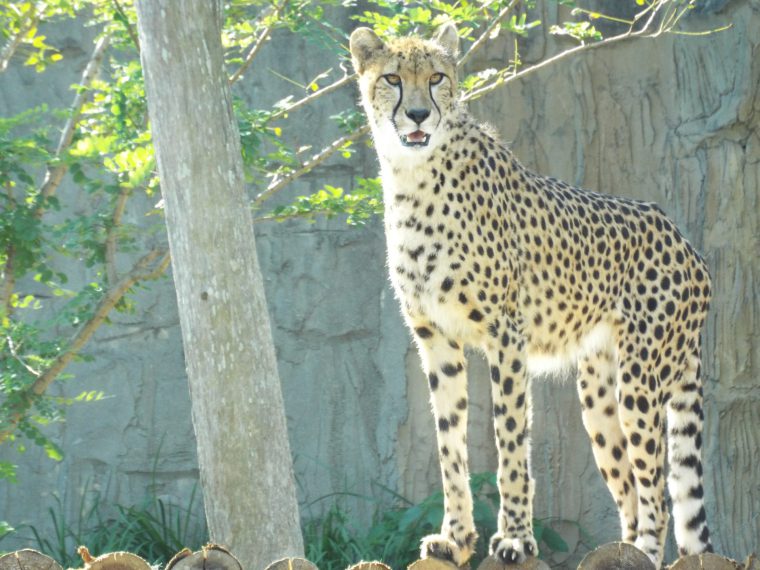
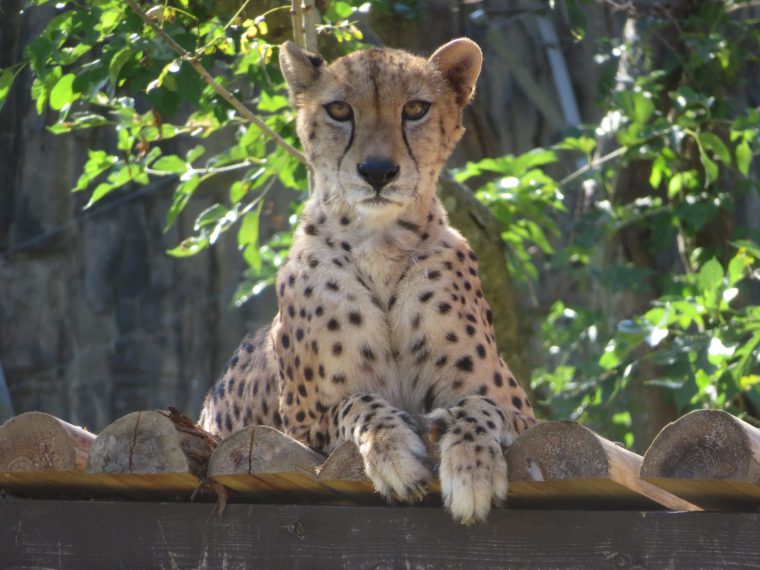
Cheetah(Chamu&Kaito)
Chamu (♀, 2 years old / photo above) and Kaito (♂, 9 years old / photo below) joined us in September 2023. In the exhibition hall, you can see the energetic running around, climbing up and down, or lying lazily.
※Only Chamu can be seen now. After familiarizing with the showroom environment, Kaito will also meet with everyone. (As of October 2023)
Reticulated Giraffe
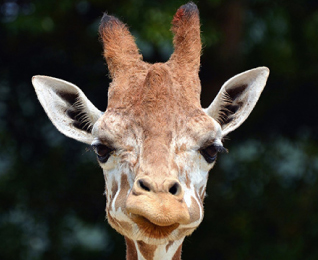
Reticulated Giraffe
There are three Reticulated Giraffes living in Mori Kirara, one of them is shy but like viewing peoples from distance,his name is HAYATO. Another one is a foodie and curious named ITO. And the baby giraffe MINATO. During giraffe’s Mogu Mogu Guide,the keeper will introduce the giraffes’ food and how they eat, and also explain the giraffes’ character.We hold this event on evey weekend and Japanese hoildays.
Japanese Serow
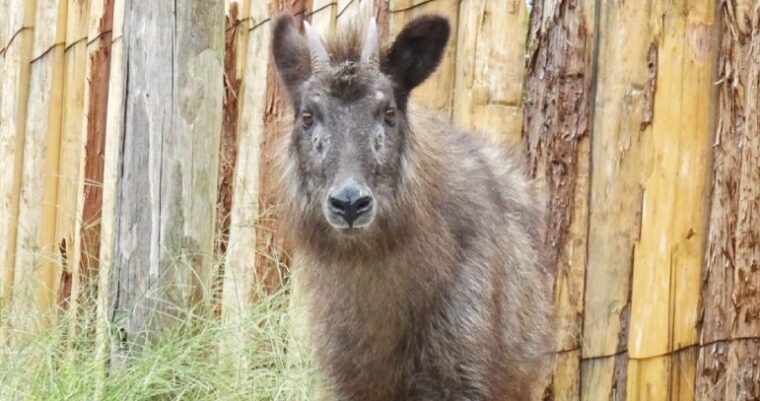
Japanese Serow
The Japanese serow is endemic to the mountainous regions of Honshu, Shikoku, and Kyushu, and is designated as a special natural monument. Their population is decreasing year by year, and even in Kyushu, the number of animals has decreased to about 200 by 2020.
In our park, there lives “Bunta(♂)” who joined us in October 2024.
African Sacred Ibis
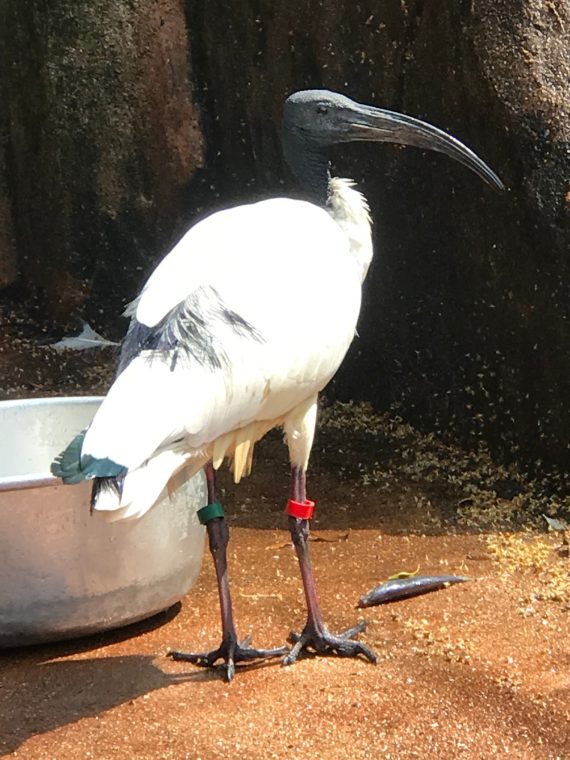
African Sacred Ibis
The African Sacred ibis is found on the African continent south of the Sahara Desert and on the island of Madagascar. The black crested ibis is characterized by its black head and neck. We keep 10 birds at Mori kirara.
Harris Howk
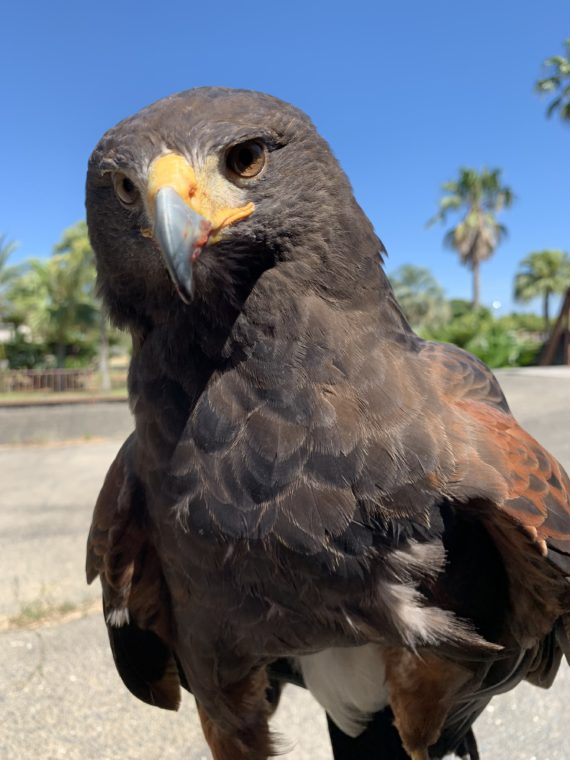
Harris Howk
Hawks are found in the warmer parts of Central and South America. Unusually for birds of prey, they hunt in flocks and are said to have a strong sense of camaraderie.
At Mori Kirara, a female hawk named “Chitose,” who is very cautious and dry, lives with us.
Eastern rosella
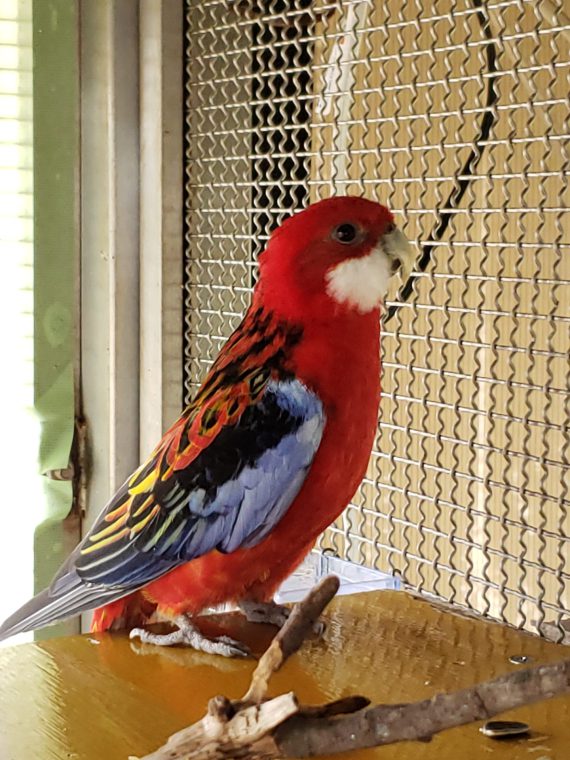
Eastern rosella
It is an inherent species of parrot in Australia, with a strong sense of vigilance and a timid personality.
The lifespan is about 15 years. Although not speaking, whistling will respond with a beep.
Nana (male) lives in Morikirara.
Micromys minutus
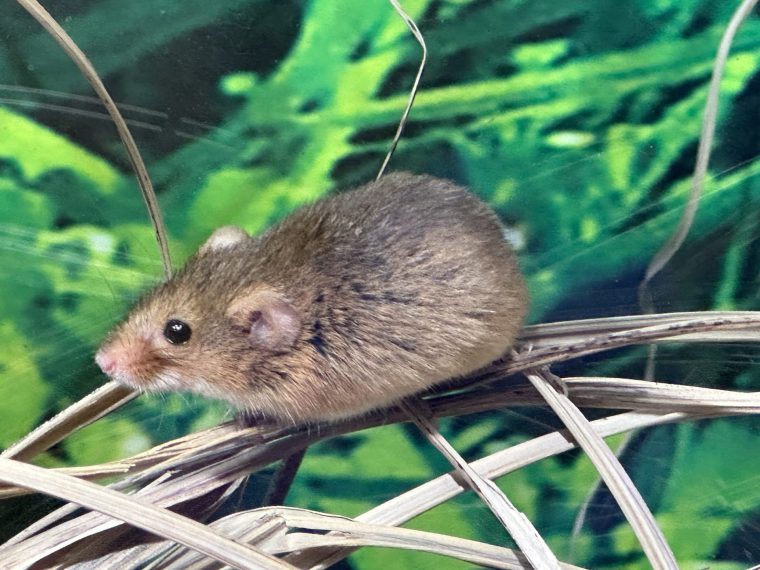
Micromys minutus
The smallest mouse in Japan uses Poaceae plants to build its nest.
Mute Swan
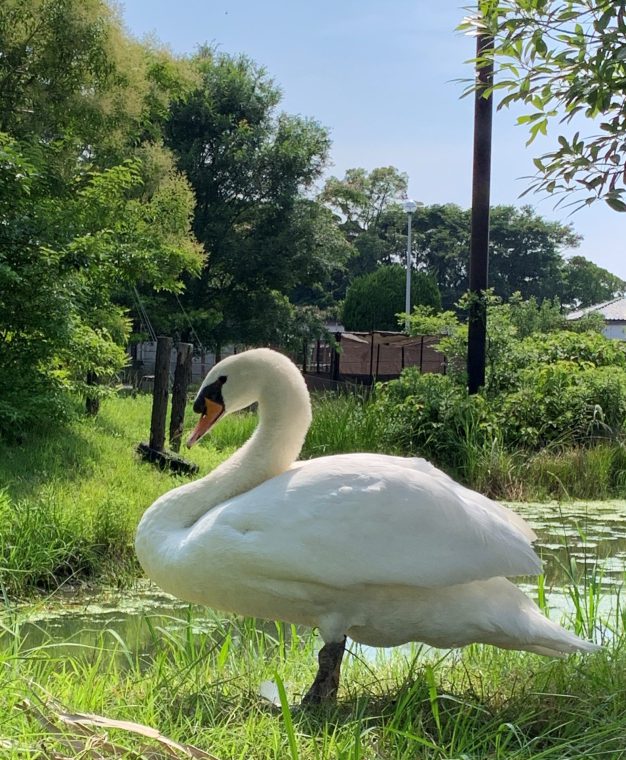
Mute Swan
Since the 1990s, the wart mute swan (female) has been living in Morikirara, an unknown age group. Everyone affectionately calls it「Ms. Mika」. In summer, you can see its elegant posture of swimming freely in the pool in the park.
Southern mealy amazon
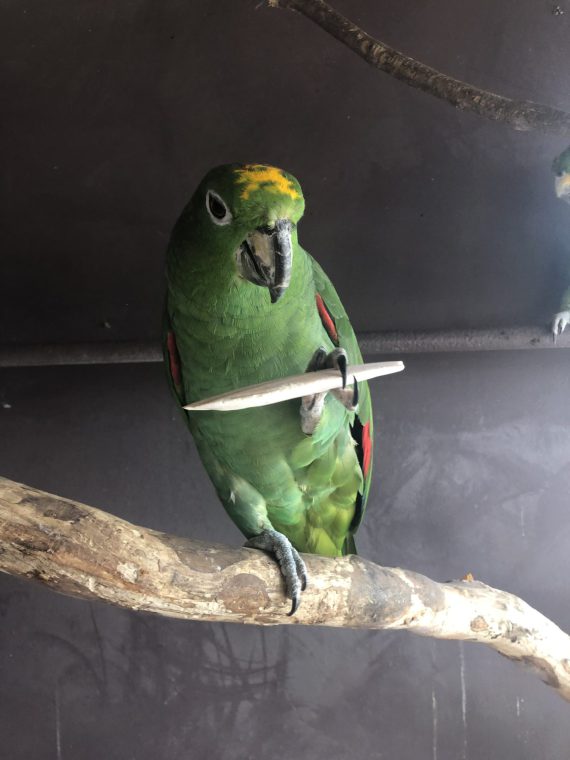
Southern mealy amazon
Residing in South America, the average lifespan is about 40-50 years. It is a companion of Amazon parrots, belonging to a large species of parrots. Although there are individual differences, their characteristic is that the area around the eyes is white and the head is yellow.
Mori Kirara has two southern mealy amazon, Percy (♂) and Gordon (♀).
Humboldt penguin
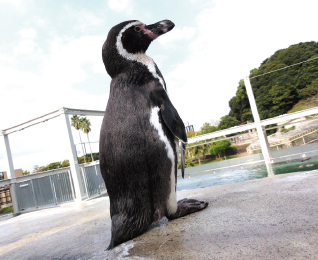

Humboldt penguin
There is about 15 Humboldt penguins in Mori Kirara. The characteristics of haumboldt penguin are that the base of the mouth is pink and there is a black line on ther chest.These cute penguins can take the elevator and go for a walk on the Lawn Plaza.
Asiatic Black Bear

Asiatic Black Bear
The black coat and the white spot on the chest is the Asiatic black bear’s character. Usually live in the mountain forest and favorite food is nuts and insects.
In Mori Kirara,ulike its name, “Tsuyoshi”, a male who is a bit more cautious than his name suggests, and “Mimi”, a curious female who is not afraid to be shy.
Aldabra Giant Tortoise
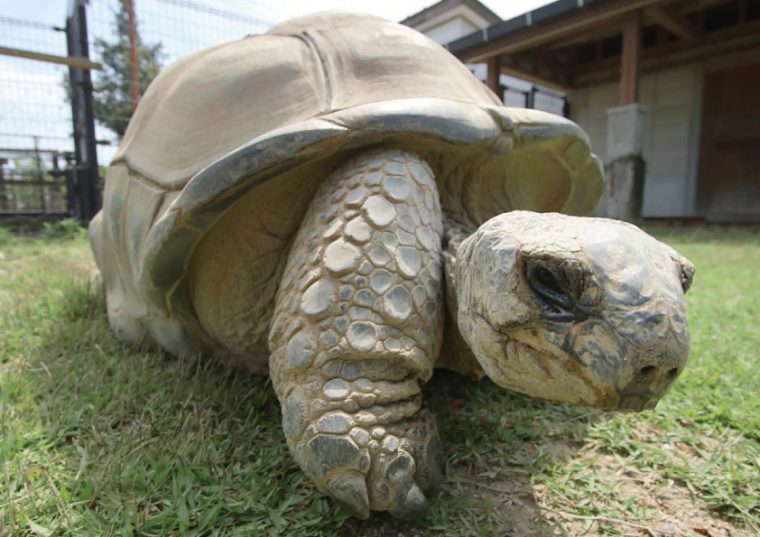
Aldabra Giant Tortoise
Aldabra giant tortoise is the biggest species of tortoise witch is able to keep as a pet. They live up to 180~200years,and weigh up to about 200kg. Because of the cold temparature, he does not come out in the winnter.
The aldabra giant tortoise may be big,but it doesn’t make much sounds or move a lot. So sometimes visitors wonder if it is a real tortoise.
Red Panda
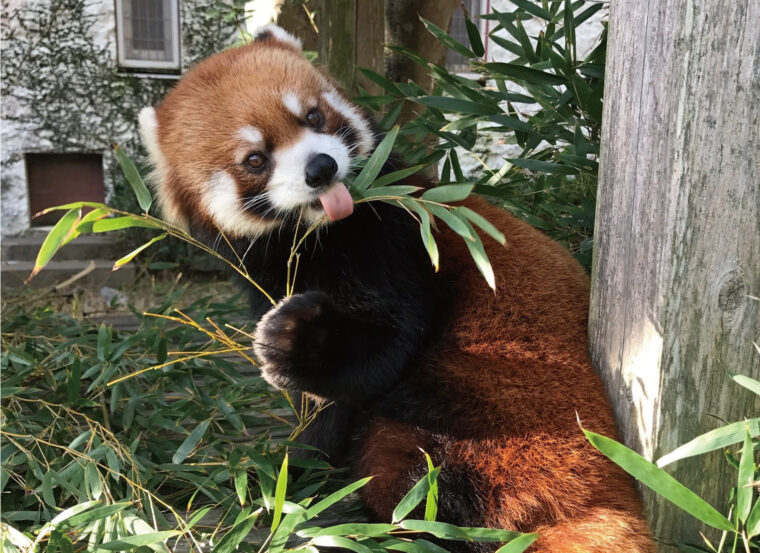
Red Panda
The Red Pandas are distributed in southeast of the Himalayas and southwest of China. Red Pandas hate summer but love winter. They are also good at climbing a tree and grab things with the forelimbs. There are three red pandas in mori kirara. Ren, Mikan and Meifa
.
Geochelone elegans
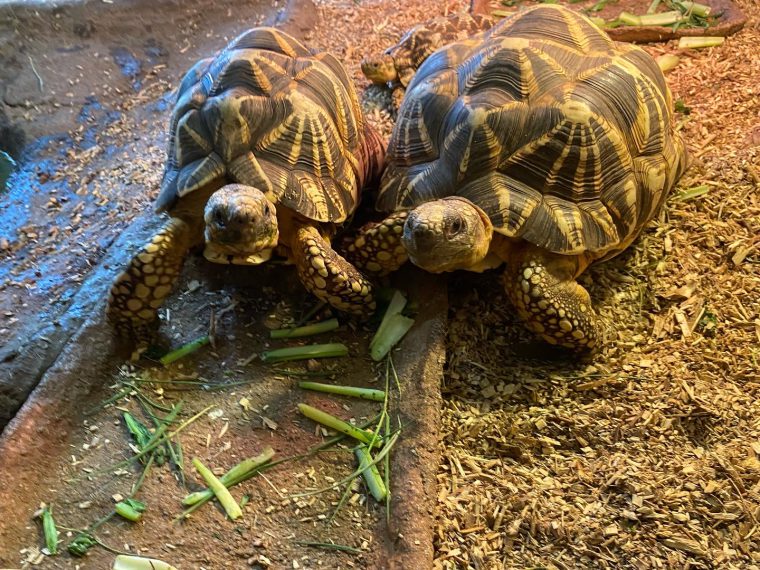
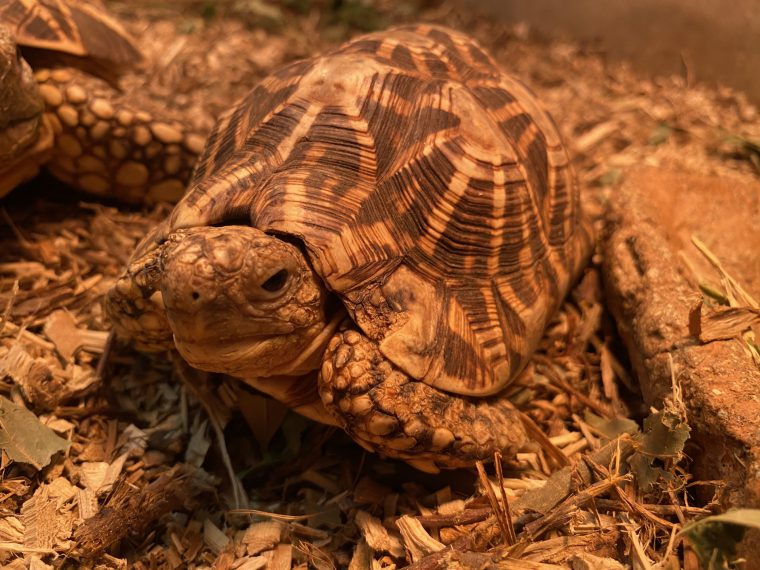
Geochelone elegans
■Burmese Star Tortoise
They inhabit the deciduous forests and grasslands in central Myanmar. The yellow radial pattern on the black shell looks like stars, hence the name. At Mori Kirara, there are three animals raised, starting from individual size and then Toku( ♀)、 Dai( ♂)、 Ryoma( ♂)。
■Indian star tortoise
They live in the forests and thickets of India, Sri Lanka, and southeastern Pakistan. The smallest SHO (male) is the Indian star tortoise.
Meerkat

Meerkat
There are 4 meerkats living Mori kirara.
There are named KUINI,NYUTO,DEIMU and HADUKI.
When it’s clod you can see they sleep together in the pot.
Raccoons

Raccoons
Raccoons are good at climbing trees and love playing in the water. At Mori Kirara, you can see seven raccoons with a rich variety of personalities. The cute pose to ask for snacks is also very endearing.
Hylobates agilis
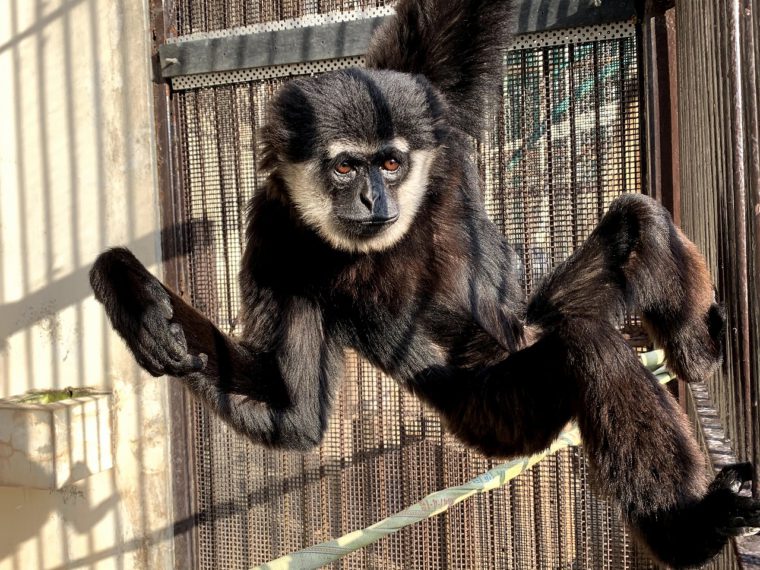
Hylobates agilis
Both males and females have a white pattern that looks like eyebrows.
Males also have a white chin.
Unlike the white-faced gibbon, the tips of their hands are black, and the white is only around their faces.
Itou, a male, lives in Mori Kirara.
He is very scared, so please be quiet when you go to see him.
(Itou, an agile gibbon, is on display in place of the white-handed gibbon.
(Morning: Agile gibbon “Itou” / Afternoon: White gibbon “Momo”and Momo’s baby)
*Exhibition hours may be changed depending on the animals’ physical condition.
Hamadryas Baboon

Hamadryas Baboon
The Hamadryas Baboons in Mori Kirara ,they all has unique characteristic. Baboons like romping together and find food together. Sometimes they also flight with each other.
You can buy the food for them (100yen) so plese try feed them!
Bubo virginianus
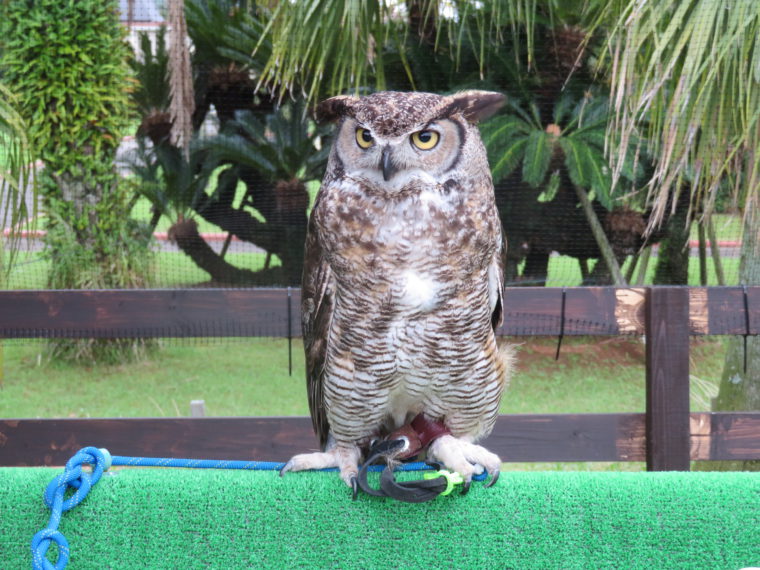
Bubo virginianus
They are found in a wide range of habitats from the Arctic to South America. They have a very strong grip and can capture large prey such as raccoons. A slightly timid and capricious “Harry” lives in the MoriKirara.
Tsushima Leopard Cat
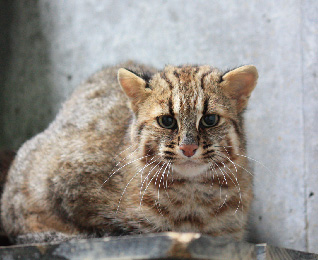
Tsushima Leopard Cat
Tsushima Leopard Cats only occur in the Tsushima Island, and about 100 Tsushima Leopard Cats left in the wild. They were designated as the National Natural Monument. There are 4 cats living in Mori Kirara,but only one is on display now. They will be off-exhibit from December to April due to the breeding program.
Ring Tailed Lemur
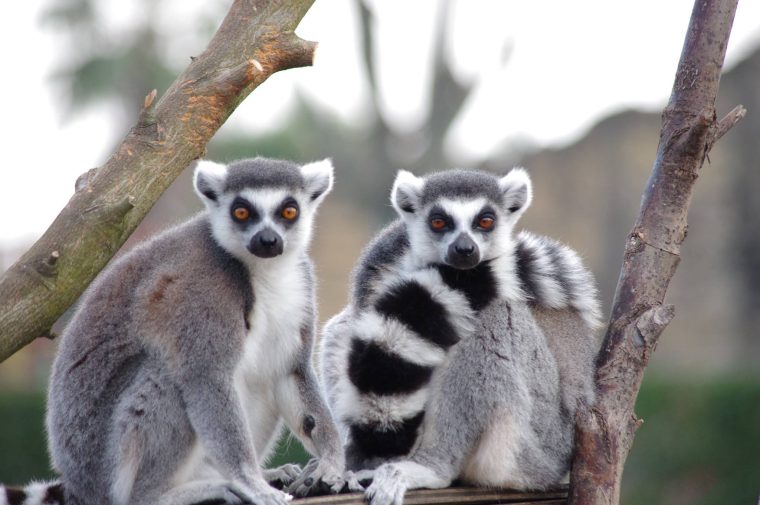
Ring Tailed Lemur
Ring Tailed Lemur are mainly distributed in Southern Madagascar. The name comes from the patterns of black and white circle long tail. There are 4 ring-tailed lemurs living here in Mori Kirara. At Wao Island, where ring-tailed lemurs are allowed to roam free, events are held where you can go inside and observe the animals up close. (Held on weekdays 13:00~13:30)
Taishu Horse

Taishu Horse
The Taishu horse is a type of horse native to Japan that has been bred mainly on Tsushima Island. With a gentle disposition, they have long been an integral part of people’s lives as farm horses.
There are three Taishu horse in Mori Kirara. There are TAKAHIRO(♂)、TOYOHIME(♀)、HIMEKA(♀).
Eurasian Black Vulture

Eurasian Black Vulture
Eurasian Black Vulture are usually distributed in Europe、Central Asia and China etc. The black vulture named Wakako (♀)came to Nagasaki as a straglar, and captured at Goto islands in Nagasaki. The wing span is about 2.5m.
Siamang

Siamang
Siamang is the biggest gibbon with black body, and distribute in Malay Peninsula and Sumatera island. They make a large noise like singing using their gular sac. There is a family living in Mori Kirara. The couple Kari(♂)and Kuro(♀) with their three children. If it is good weather, maybe you can try to see them cross the monkey bar, and what they are doing on the monkey bar.
Llama
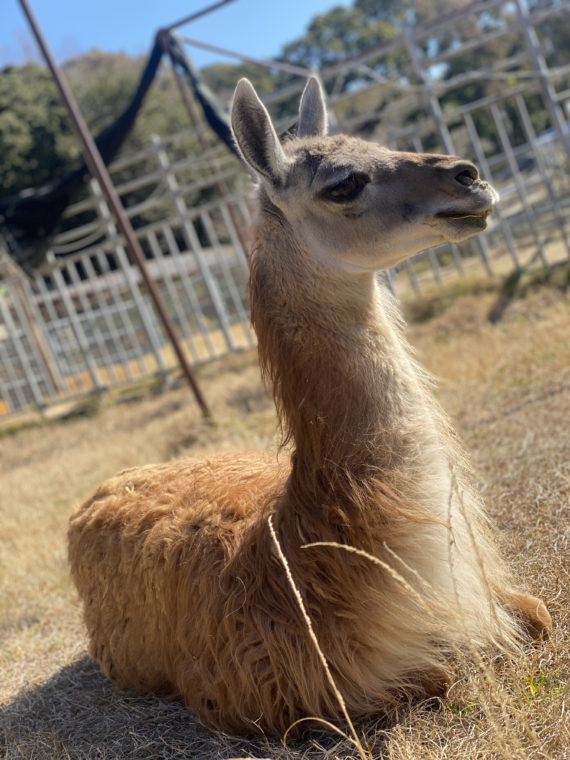
Llama
Llamas are mainly distributed in South American highlands. About 3000 years ago, the llamas were domesticated. Now the wild llamas are going extinct. When the llamas get angry, they will spit their gastric juice.
Hazuki (♀) in MoriKirara ,doesn’t spit her gastric juice unless she is something quite unpleasant.
Lar Gibbon
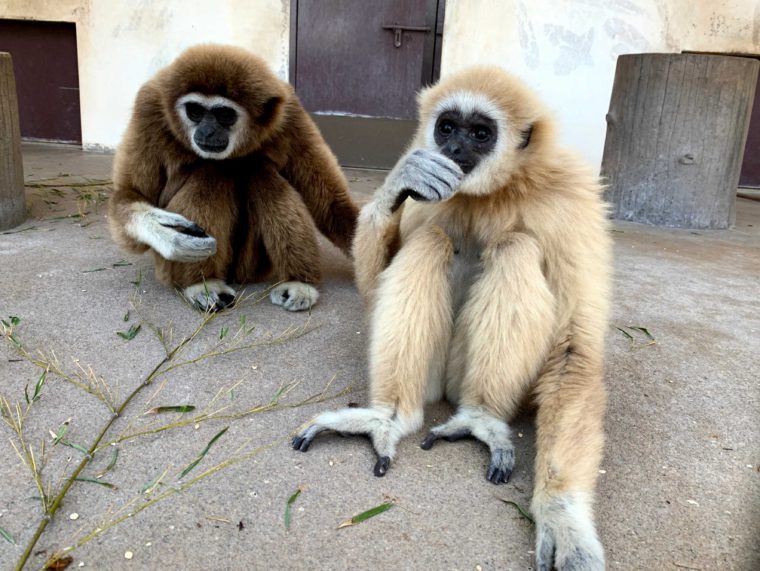
Lar Gibbon
Lar Gibbon gets it’s name because it‘s white hands and feet. They usually eat fruits,but sometimes also like to eat insects、leaf、egg etc.
At Mori Kirara, a family of three generations of white palm gibbon lives separately in two neighboring exhibit areas. One is the exhibition hall where the father “Yotaro”, the mother “Monley”, and the daughter Julie (♀)live.The other is an exhibition hall where Yotaro & Monley’s daughter “Momo” and Momo’s cub “Tera” live.
*White palm gibbon “Momo” and “Tera”, black palm gibbon meet alternately (morning: black palm gibbon / afternoon: white palm gibbon “Momo”and “Tera”)
*The exhibition hours are subject to change depending on the physical condition of the animals.
Sheep
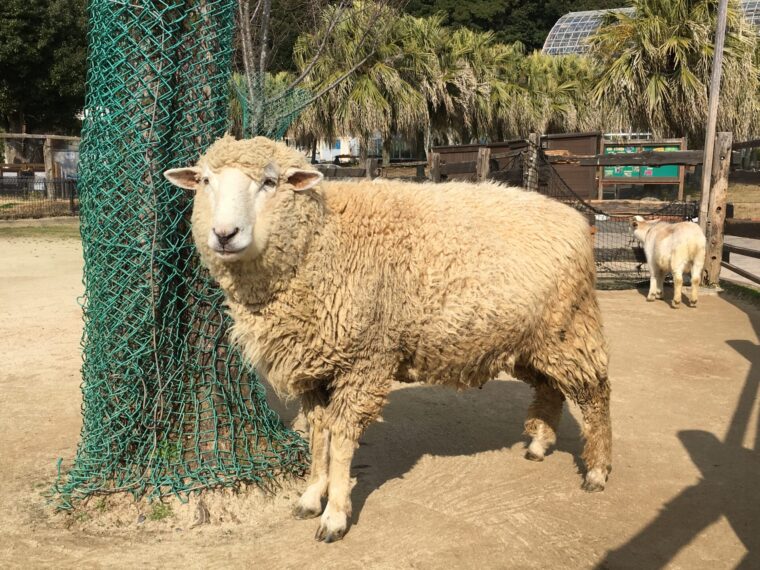
Sheep
There is a Coriolis with white face named SHIROPU, it is very naughty and Gluttonous. Although usually looks fluffy,but after the shearing at late April every year,you will be confused if it‘s a goat or a sheep unless you look carefully.
Guinea Pig ( Cavia porcellus)
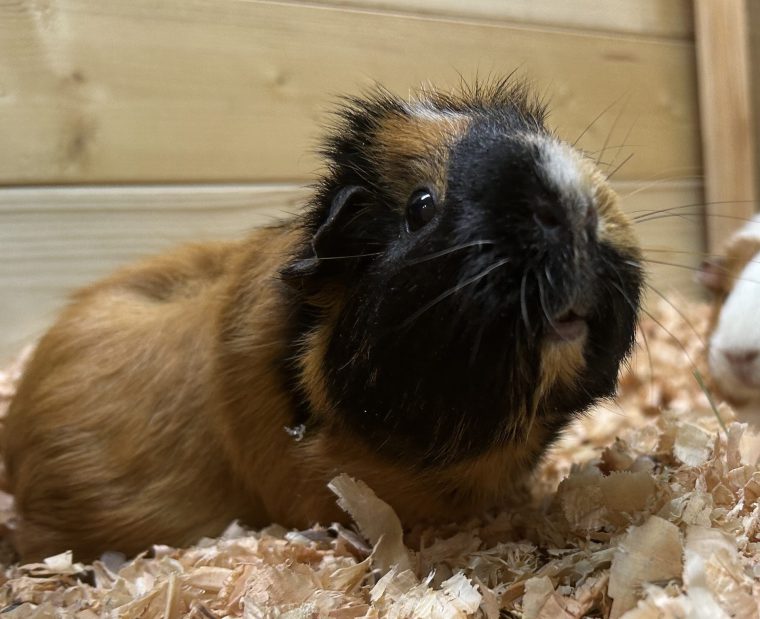
Guinea Pig ( Cavia porcellus)
This animal is popularly known as a guinea pig, but its official name is the cavia porcellus.
It is a native species (Brazilian guinea pig) that lives in the Andes of South America and has been domesticated for food.
At first glance, a gentle guinea pig is an animal that uses its body and vocalizations to express various emotions and is good at communication.
Squirrel Monkey
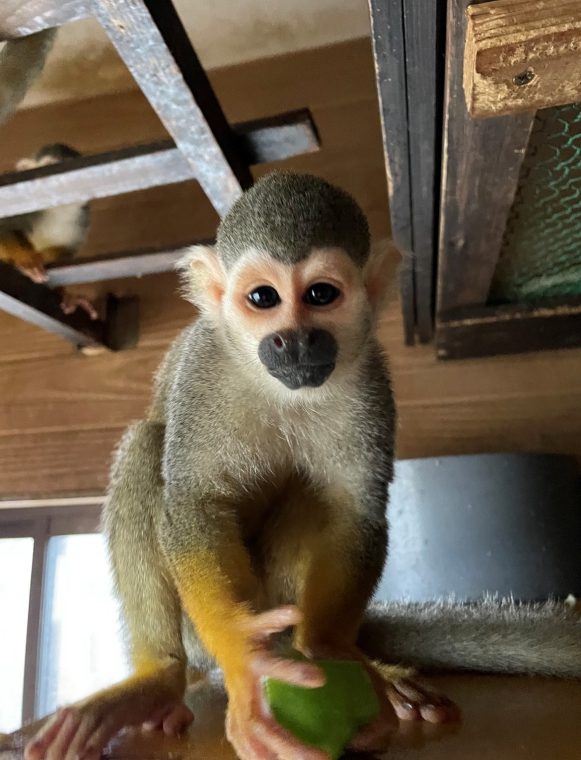
Squirrel Monkey
They have a small body and a long tail,that‘s why they be called squirrel monkey.They are living in forests of South America.
Beaver
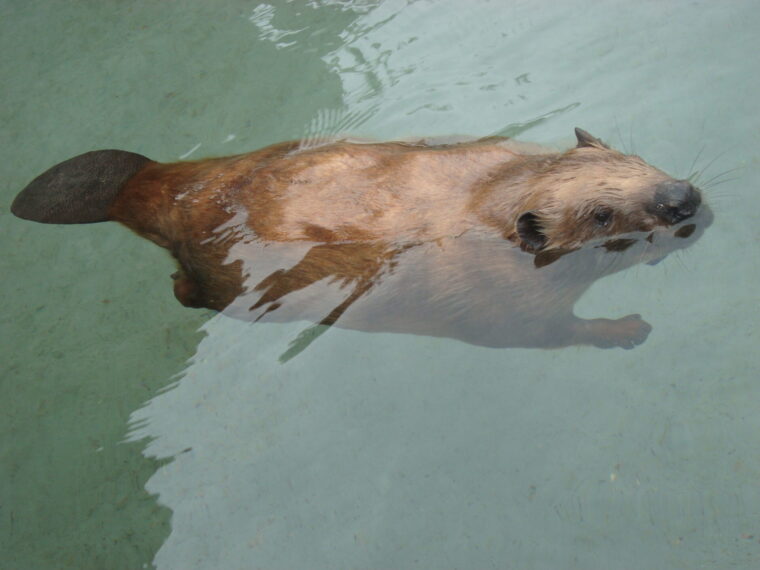
Beaver
American Beavers are living in the lakes and ponds in North America. They are the biggest one in muridae besides of capybara. Its oar-like tail and webbed limbs make it suitable for life in water.
Indian Peafowl
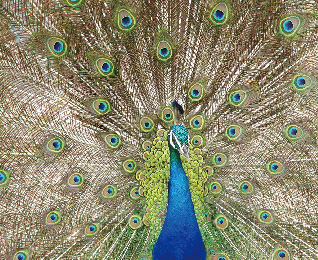
Indian Peafowl
Indian Peafowl was just like its name,they are mainly distributed in India.The peacock develops its glorious plumage to attract females.
You cloud often see the peacock spreads its tail at spring and summer.
Goat
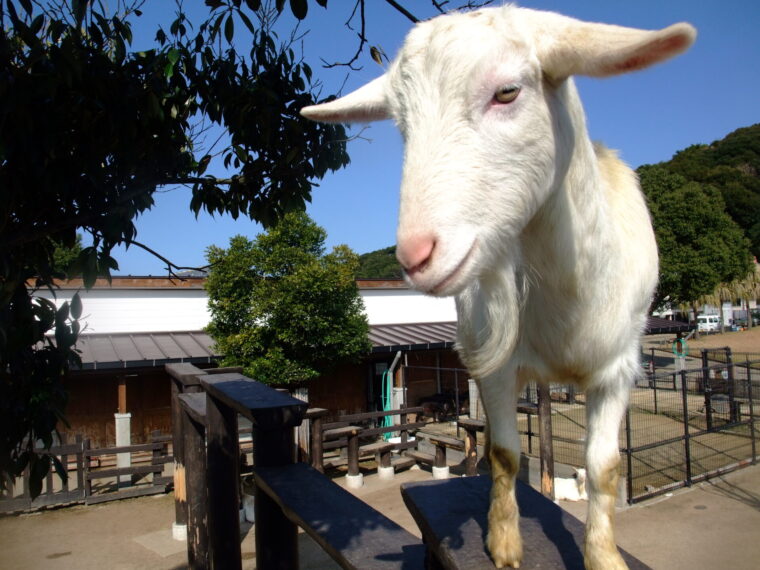
Goat
There are 2 kinds of goats living in Mori Kirara.There are Japan saanen、Shiba yagi. There hate water, so they don’t even move one step from the roof when is rainy day.At the petting area, visitors can try feeding the goats (100 yen).
They don’t like the face and cornu be touched,so you can have a try to touh their shoulder and back.
Chapman’s Zebra

Chapman’s Zebra
Chapman’s Zebra are mainly distributed in Africa. There is a brown stripes between the white and black stripes. It is said the zebra’s stripes are formed to deceive enemies.
Rabbit
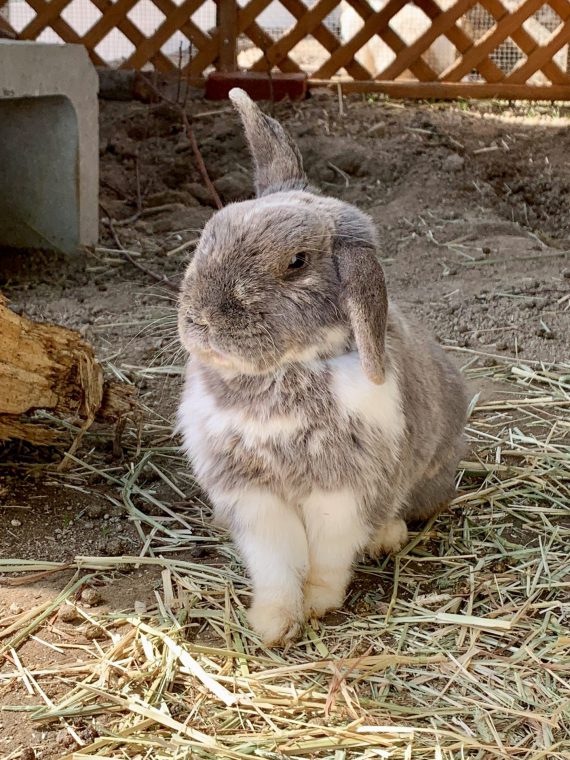
Rabbit
At Mori Kirara, we keep four rabbits.
Each rabbit has a different personality: one loves digging holes, one has a big appetite, one is nervous, and one loves girl rabbits.
Although you cannot touch them, please watch over them gently.
Flamingo
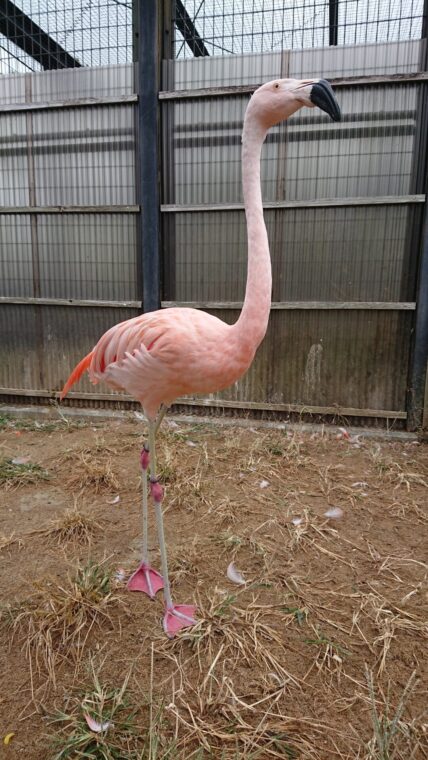
Flamingo
Flamingo are Mainly distributed in Europe, America and Africa.Two kinds of Flamingos in Mori Kirara.Threre are American flamingo and Chilean flamingo.
Great White Pelican
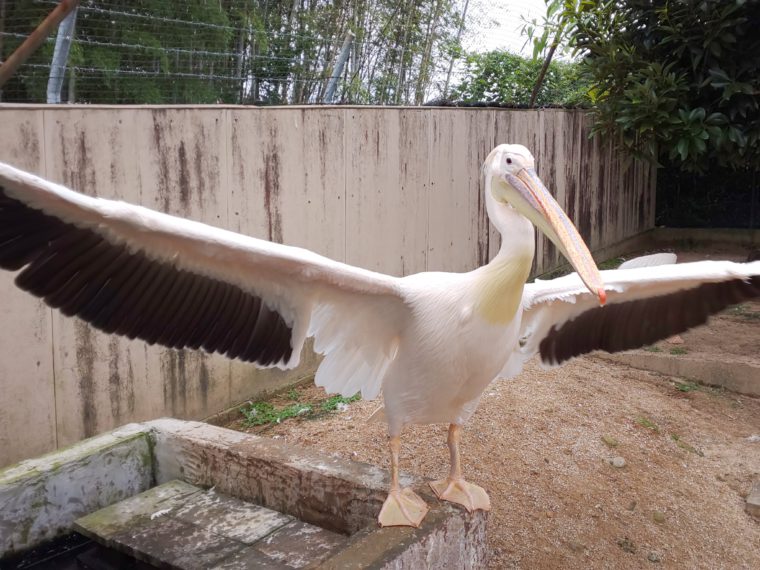
Great White Pelican
Great White Pelican are mainly distributed in Europe、Central Asia and Africa.
Snake
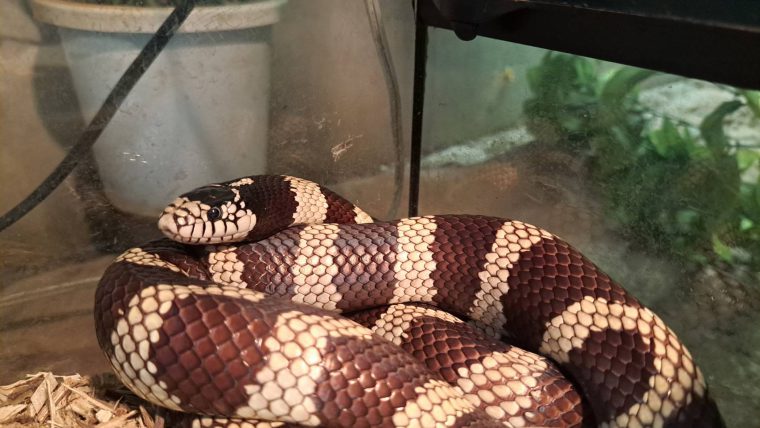
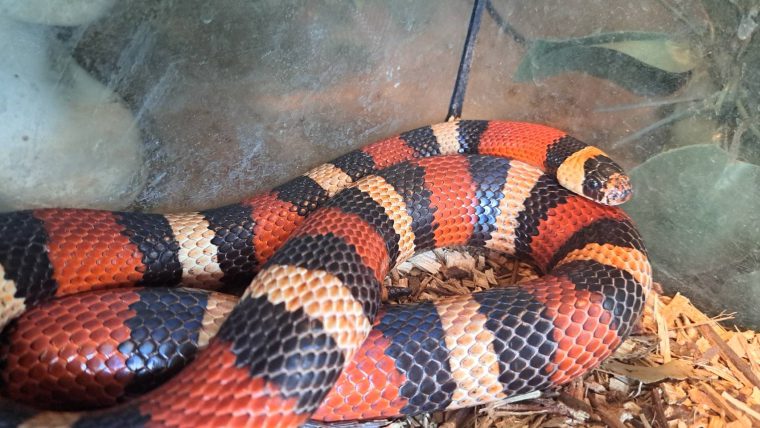
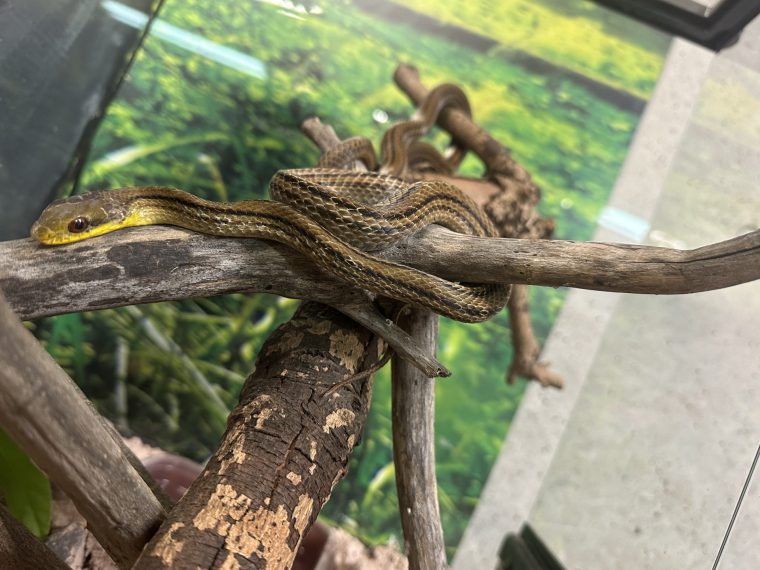
Snake
■California kingsnake (Photo: Part 1)
Living in the United States and Mexico. Has a hot temper and a strong appetite.
■Milk snake (Photo: Medium)
It is said that it was named Milk because of its frequent appearance in ranches.
They are relatively gentle and are found in the southeastern United States and Mexico.
■Japanese striped snake (Photo: Part 2)
Residing in agricultural and forest areas in Japan. Its characteristic is having four stripes on the body.
Black kite
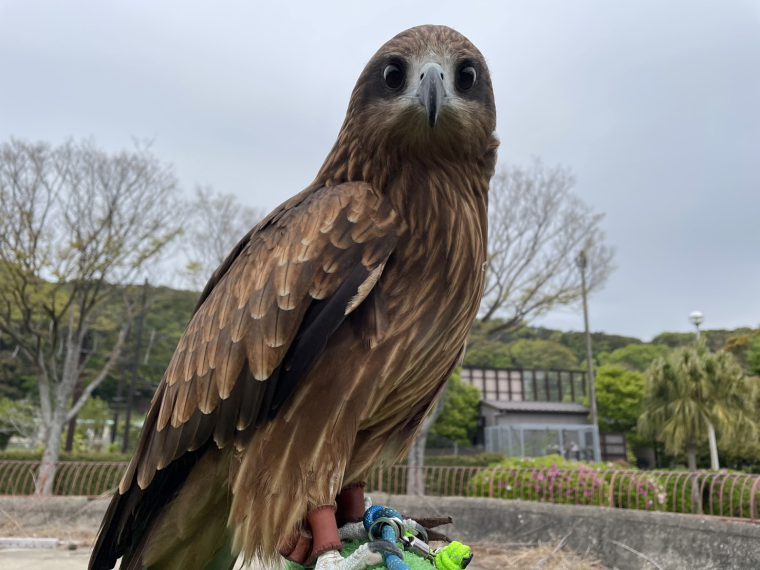
Black kite
It circled above and made its characteristic “pee-hee-roo-lo-lo” call.
Japanese Macaque
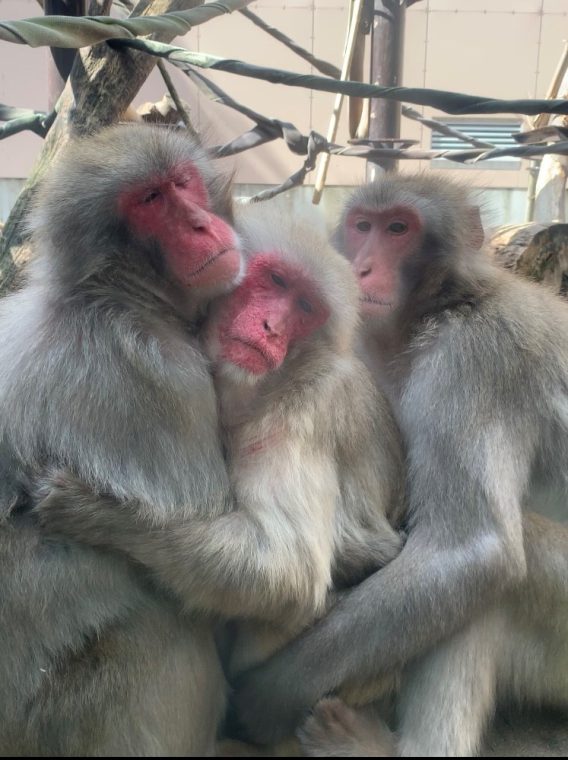
Japanese Macaque
It is the northernmost monkey living in the world. In Kirakira mori, we have 19 heads.
There are also groups with good relationships in the group, and on the left side of the photo, Hanabi and Komaki embrace each other very friendly. In the evening party, they often hug each other, please make sure to come and see it once.










